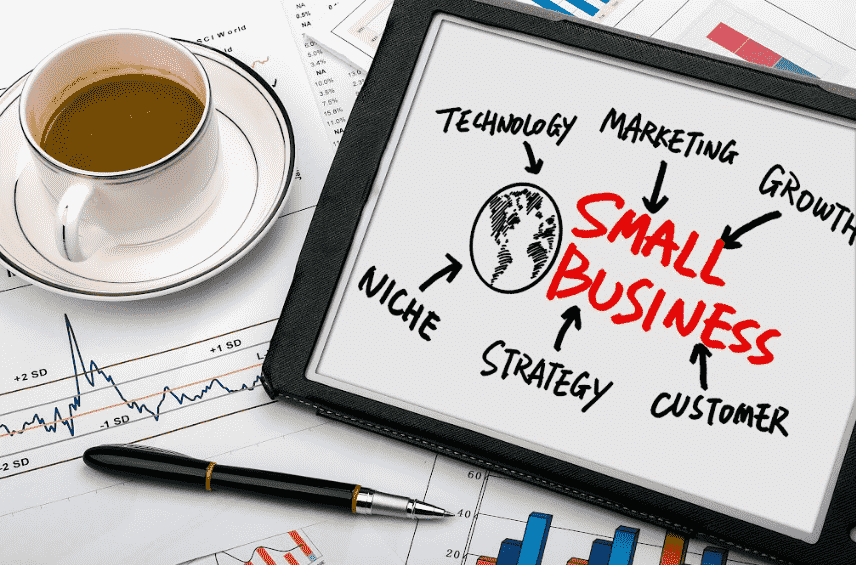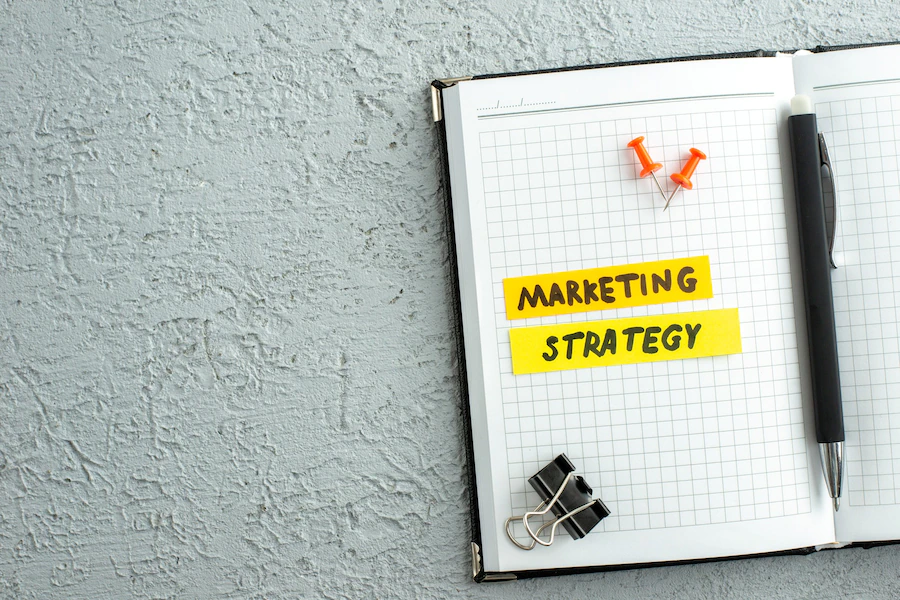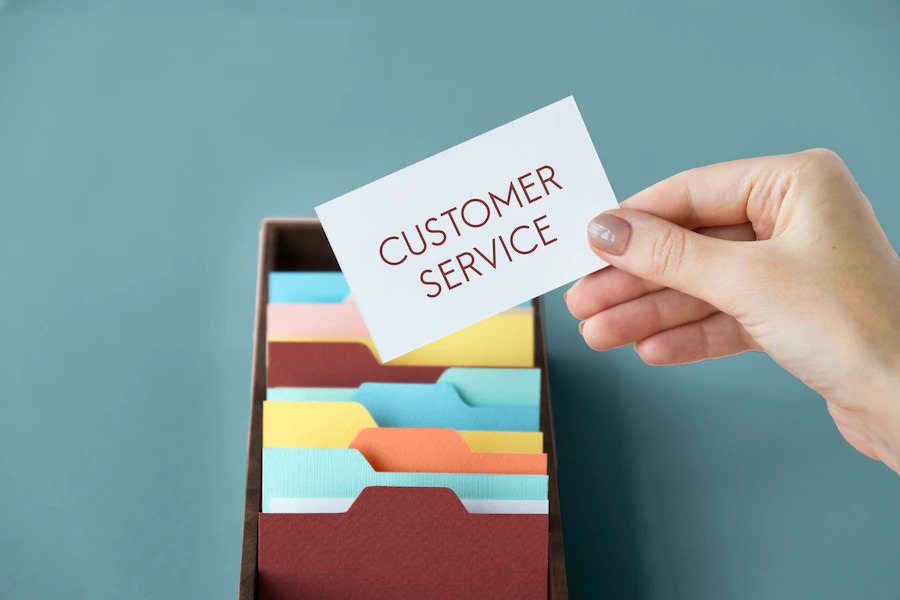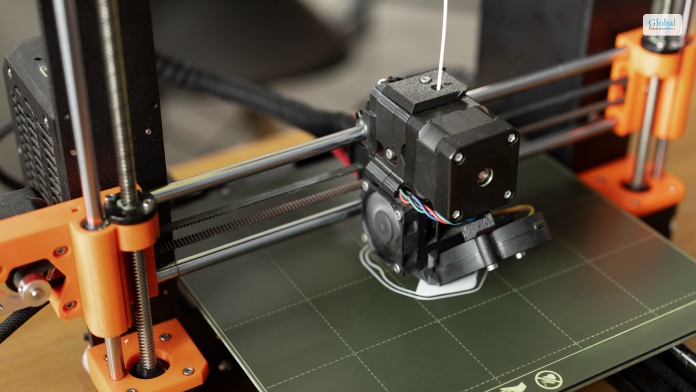6 Tips For Growing Your Small Business And Boosting Your Bottom Line

As a small business owner, you aim to scale your operations and increase your sales and profit over time. However, it doesn’t usually come on a silver platter. With hundreds or thousands of other businesses similar to yours, you may need to put in some extra effort to achieve the growth dream.
The good thing is that it’s doable with patience, diligence, determination, and the proper strategy. Below are tips you’d want to consider to take your business to the next level:
Important Detail About Growing Your Small Business And Boosting Your Bottom Line
1. Harness Technology

Adopting the latest technology in your industry significantly helps to boost business efficiency. Higher efficiency means you can offer more services, produce more goods, and serve more customers, which equates to growth.
In 2021, U.S. businesses spent about USD$ 1.94 trillion dollars on technology products, showing how seriously entrepreneurs are embracing technology. Your business must follow suit.
Technology adoption is wide. One of the critical technological tools to adopt is industry-specific jobbing software. Almost every industry has specially designed software to streamline operations.
For instance, if you’re in the business of heat, ventilation, and air conditioning, it’d help to acquire HVAC Business Software. It helps with estimating, quoting, scheduling, job management, invoicing, and customer relationship management.
Other technological tools you should consider are as follows:
- Payment management system
- Customer relationship management
- Cybersecurity solutions
- Project management tools
- Inventory management tools
- Chatbots
- Big data processing tools
Remember, technological adoption isn’t optional. Customers expect every business to level up to modern standards. So, embark on a solid plan to improve your small business’ technology and meet customers’ demands.
2. Smarten Up Your Marketing Plan
Marketing is an effective way to reach out to your target audience and let them know your business exists. Ultimately, you attract new customers to your brand and remind the current ones to keep doing business with you.
One innovative strategy could be to generate solar leads. For businesses dealing with solar energy, this strategy involves finding ways to attract potential customers interested in solar energy products or services.
Notably, marketing is remarkably dynamic, with new trends emerging daily. Thus, it wouldn’t be prudent to stick to age-old tactics like sending brochures via mail and other paper-marketing techniques, mass printing physical promotional materials, and cold calling. Adopt new-age strategies like the ones listed below:
- Search engine optimization (SEO): In 2021, 69% of marketers used SEO, chiefly because of its exceptional conversion rate. Organic search boasts of an average conversion rate of 16%, which is quite impressive. So, you’d want to set up a business website and optimize it for search engines to allow web users to find it easily.
- Social media marketing: About 77% of marketers claim that social media marketing is a very effective strategy. It’s because the current generation spends a lot of time on social networks. You may want to capitalize on this.
- Email marketing: Personalized email marketing is said to potentially boost conversions by 10%. So, don’t see it as outdated. Build an email list and send regular promotional messages to your subscribers.
With such future-proof marketing strategies, you can significantly attract and convert more leads, increasing your sales and profit.
3. Invest In Your Team
Business growth comes with a lot of responsibilities. As you scale up, you soon realize you can’t handle everything. Your winning point is having a responsible group of workers who share your vision. It’ll help advance your business.
Start by hiring highly competent staff. Advertise for positions in your firm with a clear expectation of the academic and professional qualifications you’re after. Also, take time to assess your staff’s cultural fit into your company. Never hire hurriedly because it might cost you a lot further down the road.
Once you onboard your team members, craft strategies to continuously develop their skills. Have regular upskilling training sessions to advance your team members’ know-how in handling various business matters. Better yet, support those who wish to go for further studies because they’ll benefit your business.
4. Boost Customer Retention
The chances of selling to a new customer are 60-70% and 5-20% for new customers. So, it’s in your best interest to focus on retaining your current customers and ensure they make repeat purchases. Acquiring new customers is costly. You may want to consider the following tips to ensure you don’t lose your precious customers:
- Provide the option of creating customer accounts to make repurchasing easier.
- Roll out a customer loyalty program to reward clients who purchase repeatedly.
- Polish your customer support system to promptly address all their needs.
- Always collect customer feedback and seek ways to act on suggestions or complaints.
- Create favorable return policies to build trust with your customers.
- Cut down delivery times as no one wants to wait ages before getting what they ordered.
With statistics showing that it costs five times more to get new clients than to retain current ones, you’d better up the ante in your retention tactics. Enhancing their shopping experience and satisfying their needs go a long way to inducing loyalty.
5. Give Back To Your Community
Social corporate responsibility is an excellent stratagem for endearing the masses to your brand. You portray your business as one with steadfast values and a genuine interest in bettering lives. People will keep purchasing from you because of your kindness.
You may want to donate cash or products to nonprofitable organizations or try any of the following:
- Organize And Host Community Events, Such As Sports Competitions, Cultural Food Festivals, or concerts.
- Adopt socially responsible business practices like using renewable energy sources or sourcing raw materials locally.
- Provide employment opportunities for local talents.
- Sponsor students’ education.
These acts of kindness convince the locals that you’re the right kind of company to work with, and they won’t hesitate to buy from you.
6. Cut costs
You must ensure your revenue exceeds your expenses to boost your bottom line. Find opportunities to cut your operating costs. Below are some tips to help:
- Negotiate with your vendors to give discounts.
- Hiring one full-time team member might be more cost-effective than outsourcing to several freelancers or companies.
- Do away with products that don’t perform well.
- Seek ways to save on insurance.
- Unsubscribe to the software you don’t use very frequently.
- Consider going remote if it’s not a must you work in a physical office space.
- Buy in bulk.
There are many ways to cut costs. Remember, saving a penny here and there significantly adds up to hundreds or thousands of dollars.
Conclusion
Growing your small business requires a deep understanding of strategies that work, like the ones outlined above. As you pursue these tactics, it helps to evaluate the effectiveness of each.
Identify critical performance metrics that can tell you the success of each growth game plan. It might be the increase in sales volumes or the number of additional customers coming to your business. Ultimately, you’ll scale your operations and attain the desired profit levels.
Read Also:

















